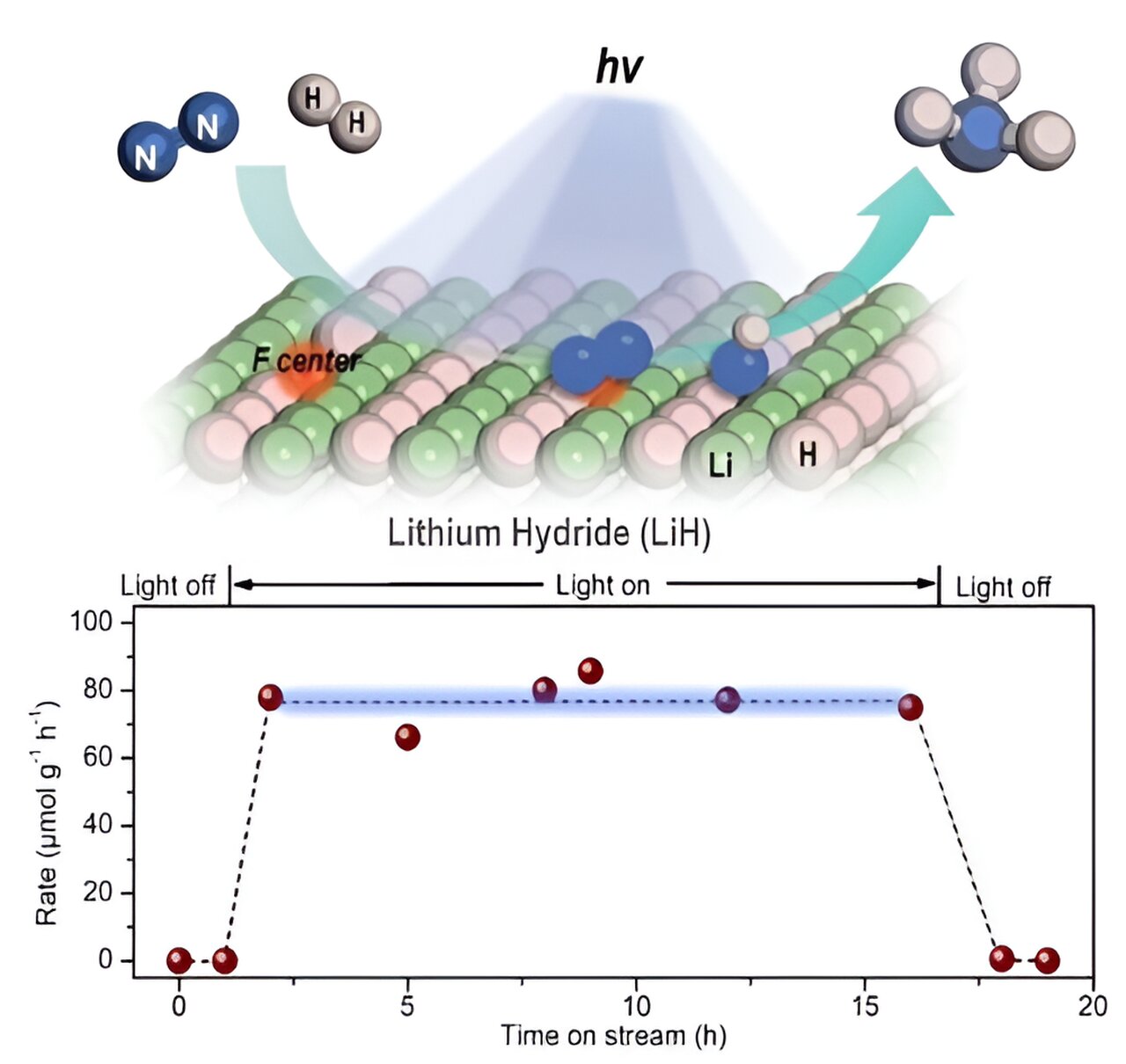
A revolutionary catalytic reaction created by researchers in Japan offers a sustainable method for generating ammonia from atmospheric nitrogen and water, using sunlight as the exclusive energy source. This cutting-edge technique could transform the ammonia production landscape, which has been largely governed by the energy-heavy Haber–Bosch process, a significant contributor to worldwide carbon dioxide emissions. Annually, close to 200 million tons of ammonia, which is crucial for fertilizers, are produced globally, but this comes with a hefty environmental price due to dependence on fossil fuels.
Led by Yasuomi Yamazaki and Yoshiaki Nishibayashi at the University of Tokyo, the novel system functions under mild conditions and is energized by solar power. The research team had previously established a photocatalytic technique for nitrogen fixation that utilized an organic hydrogen source. Their latest innovation substitutes this with water, a more sustainable alternative, albeit chemically stable and difficult to use as a hydrogen source.
The state-of-the-art system features dual catalysts—molybdenum and iridium—together with a tertiary phosphine reagent that assists in the activation of water. When exposed to sunlight, the iridium photocatalyst oxidizes the phosphines, allowing them to activate water by creating phosphorus-oxygen bonds. Simultaneously, the molybdenum catalyst activates nitrogen, resulting in a nitride complex. The oxidized phosphines supply the protons needed to convert the nitride into ammonia, achieving a quantum efficiency of over 22%, surpassing current photocatalytic techniques.
William Goddard from Caltech emphasizes the importance of this development, expecting global applicability for localized ammonia production for fertilizers. The research team is concentrating on optimizing their system, particularly in reducing phosphine consumption, lowering catalyst expenses, and improving durability to ensure smooth integration into a more sustainable ammonia supply chain.